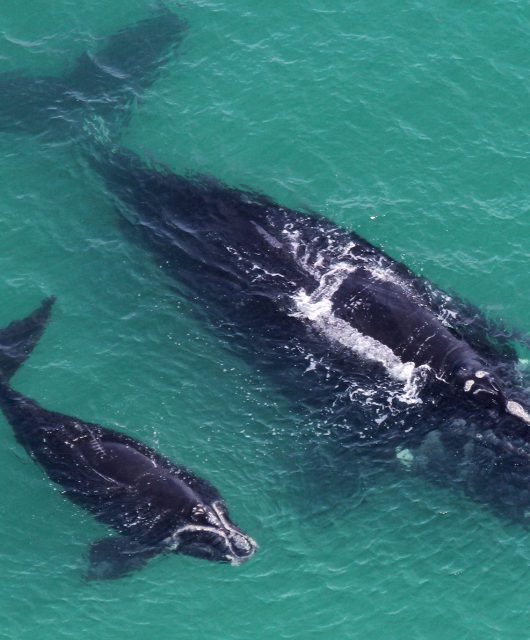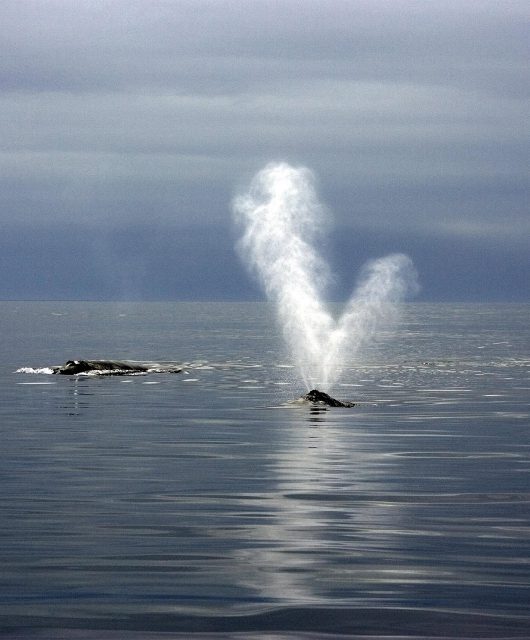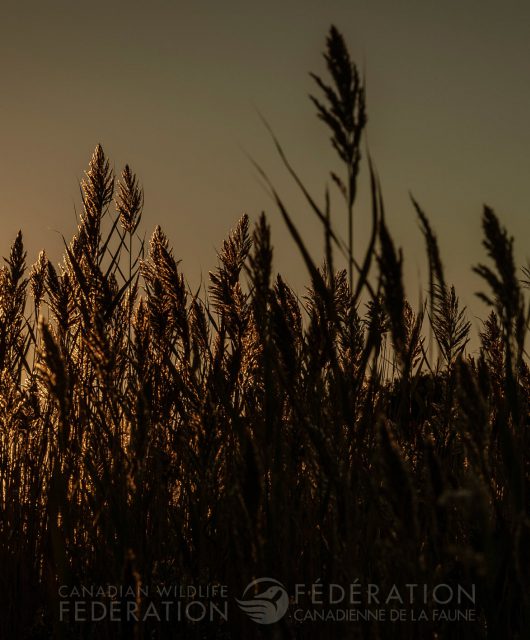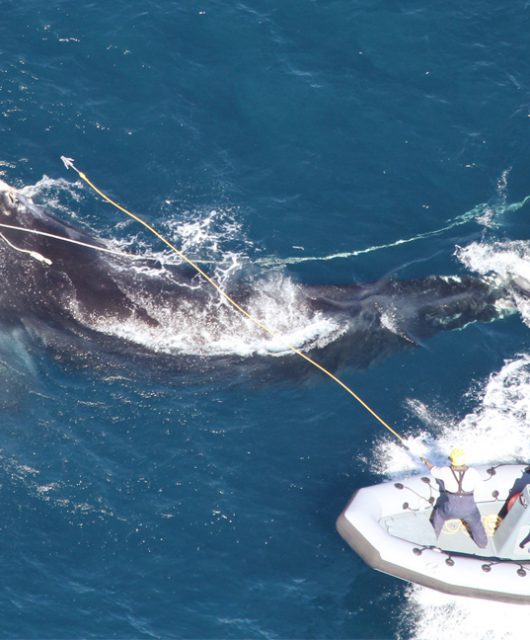In the military, a “sentinel” is a soldier whose role is to guard or be on the lookout for dangers that could otherwise go undetected.
This concept can be applied to animals in the ocean that help us keep watch for hazards and changing conditions.
Top predators in the ocean, such as marine mammals, predatory fish, seabirds and sea turtles, are known as “ecosystem sentinels.” They are easy to spot and they respond quickly and clearly to changes in ecosystem structure and function. By monitoring those changes, we can make more efficient observations on alterations in marine food webs and identify the impacts that humans have on marine ecosystems.
About the Leach’s Storm-petrel
One example of an ecosystem sentinel species is the Leach’s Storm-petrel. Leach’s Storm-petrels are small seabirds that are widely distributed across oceans in the Northern Hemisphere. These birds have unusually long lifespans, typically living around 25 years. The maximum recorded age to date was 38 years old and still going strong!
Leach’s Storm-petrels spend most of their lives at sea, only returning to their colonies at remote offshore islands and islets once a year during breeding season. Many of these colonies can be found along Canada’s east and west coasts.
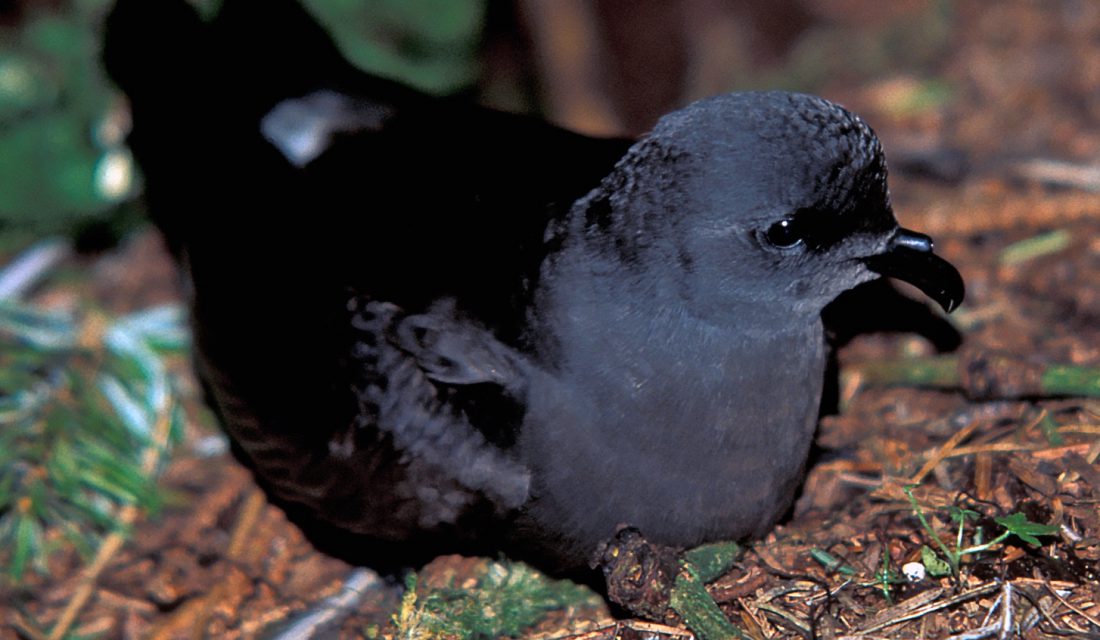
With an estimated global population of eight million, this species is the most abundant member of the Procellariiform order in the North Atlantic Ocean (other members of this order include albatrosses, shearwaters, and other petrels).
Despite their notable abundance, their global population has declined by over 30 per cent in the last 40 years. This drastic decline prompted the International Union for the Conservation of Nature (IUCN) to list Leach’s Storm-petrels as Vulnerable, which is just one category below Endangered.
Indicators of the Ocean Health
Because their diet rapidly responds to changes in environmental conditions, Leach’s Storm-petrels are excellent indicators of ocean productivity as well as marine pollution, like mercury and plastic. Among other factors, such as predation (mainly by gulls, owl, and small mammals) and interactions with offshore industries (like oil and gas platforms), a major cause for the dramatic declines seen in Leach’s Storm-petrels may be pollutants in their diet. As top predators, these birds are heavily reliant on ocean productivity for nourishment and they often make foraging trips of several hundred kilometres over deep waters to feed on crustaceans (eg. krill) and small fish (eg. Myctophids).
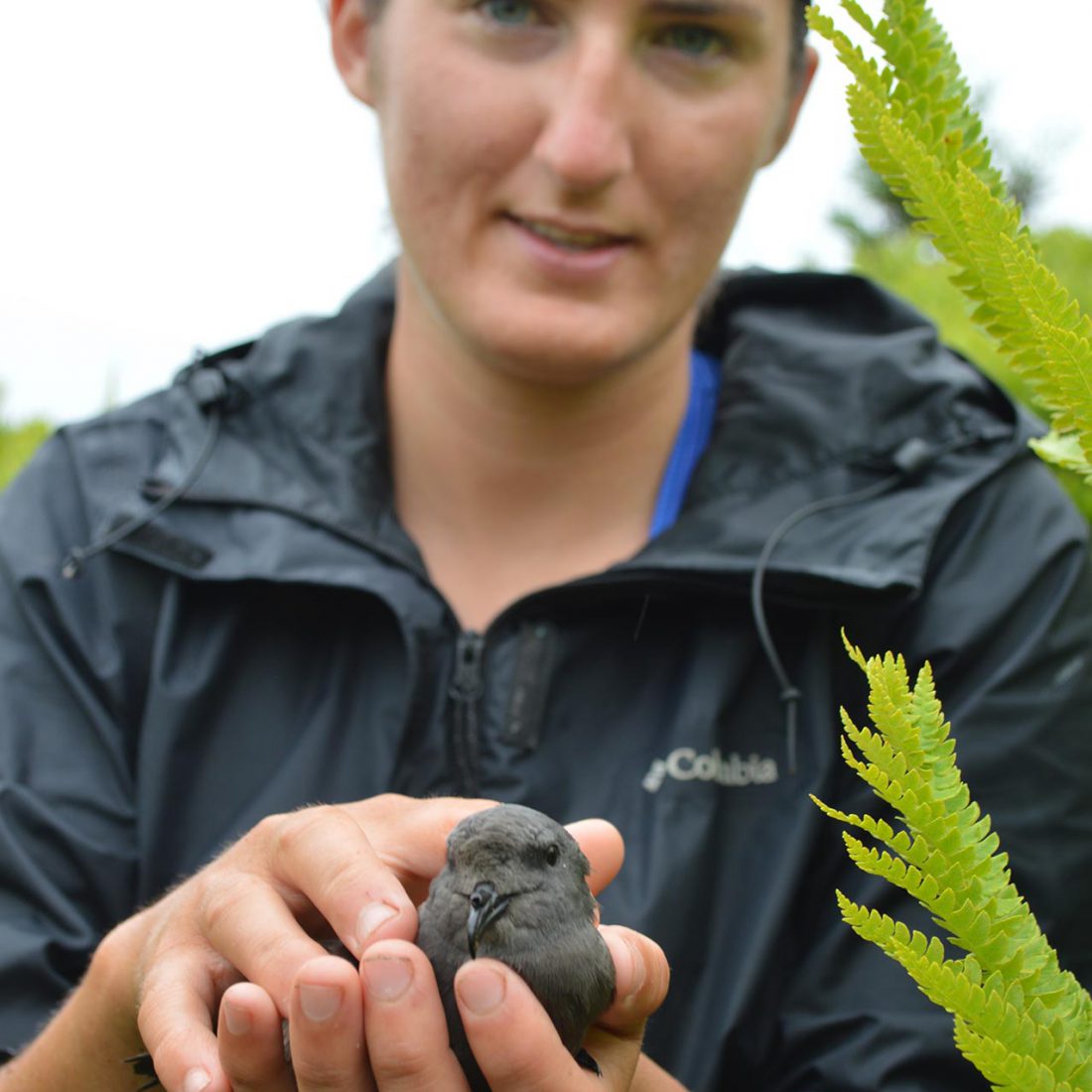
Across a multitude of seabird species, Leach’s Storm-petrels have some of the highest levels of mercury.
Mercury is a heavy metal that naturally occurs in our oceans, but concentrations have risen over the last several decades because it is released into the atmosphere when fossil fuels are burned, ultimately ending up in the ocean. In high concentrations, mercury is known to have seriously harmful effects on top predators like Leach’s Storm-petrels.
An Unhealthy Diet
Furthermore, pieces of plastic from industrial and household origins are pervasive in the stomach contents of Leach’s Storm-petrels of all ages. Aside from damage to internal organs caused by sharp edges of the plastic, important space in the stomach for food items which would otherwise be consumed by adults or delivered to chicks is often occupied by plastic.
By continued monitoring of Leach’s Storm-petrel diet, we can document changes in marine ecosystems within their range and monitor pollution like mercury and plastic in their environment.
How To Help
If you are wondering what you can do to help these important birds, see how you can reduce your plastic footprint and consider signing your name to the CWF Plastics Reduction Petition to take a stance against single use plastics!

